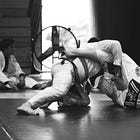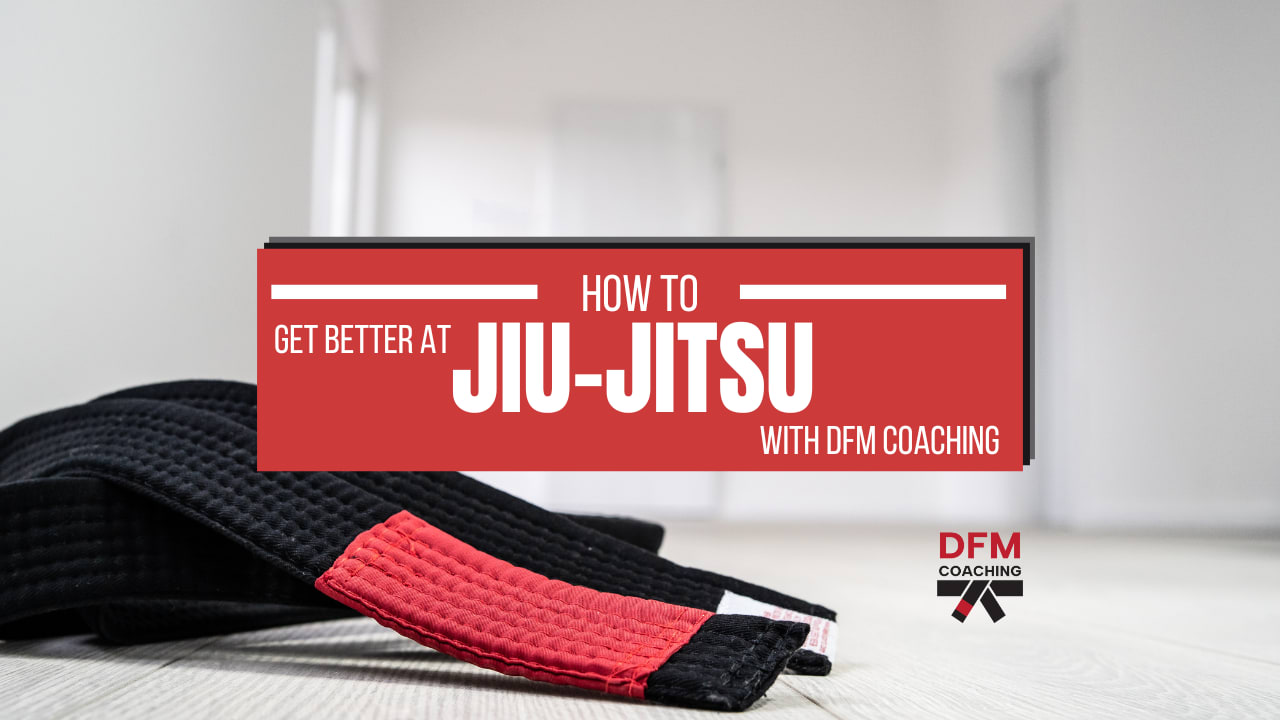The Scalpel and the Shield
Depth of Knowledge In Bjj

Choke Point Chronicles is where strategy meets storytelling. Each post explores the tactics, psychology, and culture of Jiu-Jitsu, written for students and coaches who want to train with intention and think deeper about the art.
Tapped In is a short-form audio series built for grapplers chasing mastery, not medals. Weekly insights blending mindset, structure, and real-talk in just 15-20 minutes.
Upgrade to premium for just $5/month to unlock deeper essays, bonus audio, and behind-the-scenes coaching content.
The Scalpel and the Shield
I recently came across this video of John Danaher explaining the difference between how much you should know offensively vs defensively. The premise being, that your offensive move-set should have a high level of depth. While your defensive knowledge base should be broad in scope.
In essence, the scalpel and the shield.
A New Tapped In: A Jiu-Jitsu Podcast Out Now!
E78 | Bonus Ep | Your Best Doesn’t Always Look the Same
The Scalpel
I’m going to ask you to picture the gym that you currently train at. Please envision the most skilled athletes that you roll with. Each and every one are subject matter experts in specific areas of Jiu-Jitsu.
While Brown and Black Belts may have a great understanding of many aspects of the Jiu-Jitsu, they will all have key areas that they understand with great depth.
If I was to list my top four areas of expertise, they would be the following.
Kimura
Arm Bars
Two On One
Presser Passing
These are areas in which I know in great detail and depth. I understand multiple ways to attack and transition into any one of these areas, along with the most common responses, no matter the body type or skill level.
I understand that through this depth, I’m going to identify opportunity where most would not. Not only do I know how my opponent is most likely going to defend, I can encourage specific defenses, creating dead ends and kill zones that are the most advantages for me as the offensive player.
I wrong about creating dilemmas on the following post if you’re interested.
The Shield
Defending is a different art.
Defense is about a broad awareness and is often times a bit more conceptual in nature. I need to understand what the opponents wants and then responding or attacking where they are most vulnerable.
These areas of defensive attack are often in the gaps where movement is required by my opponent. If they are in Side Control want to get to Mount, I bridge during the transition in order to attack their base.
If my opponent has me in Closed Guard and is attacking with an Arm Bar, I can either create space by posturing up to pull my arm free or take away space by stacking my opponent.
At any moment in their chain of offensive moves, I have the ability to take advantage of the defensive windows. In the end, I only have to be successful once to escape.
How to Train Each
Offense depth is gained through repetition and collecting as much data as you can from different training partners. I want to actively chase the same offensive goal on everyone I train with.
Every belt, body type, age, and personality will give you slightly different responses. It’s important to understand it all so that you can extrapolate what’s most common in general and what a specific body type or Belt level might do.
Defensive breath is gained through exposure. Similar to offensive depth, I want to expose myself to as many different offensive styles, body types, and levels of aggression. Defensively, I don’t need to know a bunch of escapes, I need to understand concepts that keep me safe.
Don’t be flat on my back.
Anticipate the next transition.
Keeping my hands and elbows close.
When you can’t move them, move yourself.
Scalpel Training Blueprint
Choose an offensive system that you are most interested in developing. For the next few months, I want you to make that your goal. How you get there is completely up to you, but I would start from a position that you tend to find myself in most, then build outward.
Shield Training Blueprint
Expose yourself to bad positions. Allow some of your training partners to start from dominant positions. Put your ego to the side and understand that even some of the less experienced training partners will get you from time to time.
Embrace it.
Additionally, don’t avoid any of the offensive killers in your gym. Seek them out regularly and when they submit you, ask them what your most egregious mistakes were then make adjustments.
Closing Thoughts
In addition to what’s suggested, I would encourage you to get a training journal and write down everything you encounter. Record your rolls from time to time for review. It’s much easier to for someone to give you genuine feedback when they can see all of the details for themselves.
This community is FREE to join!
You’ll have full access to a positive community, Q&A, Technique Breakdowns, Recorded Work Shops, and Audio Courses.
Thank you,
David Figueroa-Martinez
Founder, DFM Coaching
Coach | Writer | Grappler
A Blog Post You Might Like
DFM Coaching is dedicated to helping you overcome mental hurdles and achieve your full potential in BJJ. Whether through in-person instruction, seminars, private lessons, remote coaching, or video analysis, I provide personalized support tailored to your needs. Keep pushing forward, and let’s grow together!




